How to Pick the Right Rain Gutters for Your Home
Selecting the right rain gutters for your home might seem like a minor detail in the grand scheme of home maintenance, but it is far from trivial. Gutters play a crucial role in directing water away from your home’s foundation, protecting your roof, siding, and landscaping from water damage. Choosing poorly can result in costly repairs, frequent maintenance, and even structural issues over time. That’s why it’s essential to understand the options available and how to match them to your home’s style, climate, and budget.
Homeowners often overlook the aesthetic value of gutters, focusing only on function. However, the right gutters can complement your home’s exterior while performing effectively. From the materials used to the shape, color, and size, every factor matters. In this guide, we’ll walk you through the essential considerations so that you can make an informed choice and invest in gutters that offer both protection and beauty for years to come.
Choose Aluminum Gutters for Durability and Affordability
When selecting rain gutters, aluminum stands out as a top choice for many homeowners. Lightweight yet durable, aluminum gutters are resistant to rust and corrosion, making them ideal for areas with frequent rain or moisture. Their flexibility also allows for easier customization to fit a variety of home designs, ensuring a seamless look along your roofline.
One of the key advantages of aluminum gutters is their low maintenance requirements. Unlike steel, they won’t rust over time, and unlike vinyl, they are less likely to crack or warp in extreme temperatures. Aluminum gutters are also relatively easy to install, which can reduce labor costs and minimize disruption during home improvement projects.
Aluminum offers an excellent balance between performance and cost. While not as expensive as copper, it still provides a durable solution that can last decades with proper care. Available in a wide range of colors and finishes, aluminum gutters can complement your home’s architectural style while providing reliable protection from rainwater damage.
Select the Best Gutter Style
Once you’ve settled on a material, the next step is to decide on the gutter style. The two most common styles are K-style and half-round gutters. K-style gutters have a flat back and a decorative front that resembles crown molding, making them suitable for modern and traditional homes alike. Their design allows for a higher capacity of water flow, which is useful in areas prone to heavy rainfall.
Half-round gutters, as the name suggests, are semi-circular rain gutters and have a more classic appearance. They are often used in historic or period homes and have a smoother flow that resists clogging. However, they typically carry less water than K-style gutters and may require more frequent maintenance in areas with heavy storms.
In addition to the basic styles, consider accessories such as gutter guards, downspouts, and splash blocks. Gutter guards reduce debris buildup and minimize the frequency of cleaning, while downspouts ensure that water is directed safely away from your foundation. Choosing a style that complements your home’s exterior while accommodating your local weather conditions is key to long-term gutter performance.
Determine Gutter Size and Capacity
Gutter size is another critical factor when picking the right rain gutters for your home. Gutters are typically measured in inches; according to Fixr, common gutter sizes include 5-inch and 6-inch widths, with larger sizes requiring customization. The larger the gutter, the more water it can carry, which is essential in regions with heavy rainfall or large roof areas. Oversized gutters may seem like overkill, but they can prevent overflow during sudden storms.
Roof slope and square footage also play a role in determining the appropriate gutter size. Steeper roofs tend to shed water more quickly, requiring larger gutters or multiple downspouts to handle the flow. Similarly, larger roofs accumulate more water, so proper sizing ensures that water is effectively directed away from your home’s foundation.
Downspout placement is equally important. In our experience, a general rule of thumb is to have one downspout for every 30 to 40 feet of gutter. This spacing allows water to flow efficiently without overwhelming the system. Proper sizing and placement not only prevent water damage but also reduce the risk of erosion around your home.
Pick Colors and Finishes
While functionality is essential, the appearance of your gutters can greatly influence your home’s overall look. Aluminum gutters offer a wide variety of colors and finishes, allowing you to match or complement your home’s exterior. From classic neutrals like white, black, and bronze to custom shades, aluminum can be tailored to suit nearly any architectural style.
Aluminum gutters can be painted to coordinate with trim, siding, or roof accents, creating a seamless and polished appearance. Unlike other materials, aluminum retains its finish well over time and does not develop patina, so the color you choose will remain consistent for years. When selecting a finish, consider practical aspects such as how light or dark colors may show dirt and debris, helping you balance style with maintenance needs.
Choosing aluminum gutters in a color and finish that harmonizes with your home’s exterior can elevate curb appeal and add visual cohesion. Even though gutters are often overlooked, their design can subtly enhance the overall aesthetic of your property. With aluminum, homeowners have the flexibility to make their gutters both functional and visually appealing, contributing positively to the home’s style and value.
Plan for Maintenance and Longevity
Even the best gutters require proper care to function effectively over time. Regular cleaning helps prevent clogs that can lead to water overflow, foundation damage, and even pest infestations. Inspect gutters at least twice a year and after major storms, removing leaves, twigs, and other debris. Installing gutter guards can reduce maintenance, but they are not a substitute for periodic checks.
When planning gutter maintenance, aluminum offers a strong balance of durability and ease of care. While it can dent if struck, aluminum resists rust and corrosion, making it well-suited for long-term performance in a variety of climates. Its resilience reduces the frequency of repairs compared with more fragile materials, and with routine cleaning and inspections, aluminum gutters can provide reliable protection for decades.
Another key factor is professional installation. Poorly installed gutters can lead to sagging, leaks, and ineffective drainage. Hiring experienced professionals ensures proper slope, secure attachment, and correct downspout placement, all of which extend the lifespan of your rain gutters. Investing in quality installation and upkeep pays off by protecting your home from water damage and reducing future repair costs.
Choosing the right gutters for your home involves a blend of function, style, and practicality. From selecting the appropriate material and style to considering size, color, and maintenance, each decision impacts the performance and longevity of your gutters. Properly installed and maintained gutters protect your home from costly water damage while enhancing its overall appearance.
Remember that gutters are more than just functional components: they're investments in your home’s safety and aesthetic appeal. By carefully weighing your options and considering your home’s specific needs, you can select gutters that offer reliable protection for years to come. With the right choice, you’ll enjoy peace of mind knowing that your home is well-guarded against the elements while maintaining a polished, cohesive look.
Experience the difference quality rain gutters can make with Semo Seamless Guttering LLC. Contact us today and safeguard your home for years to come.
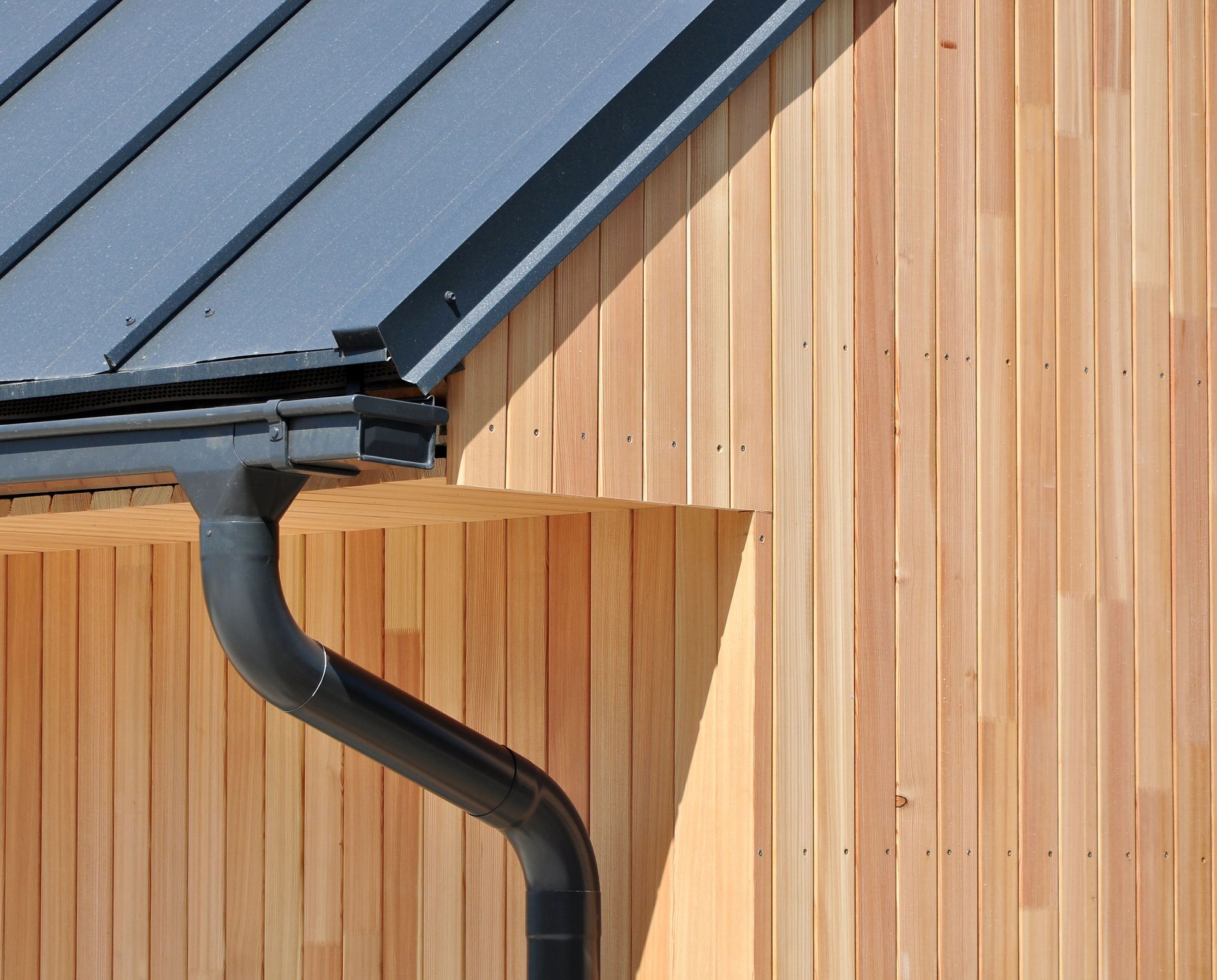
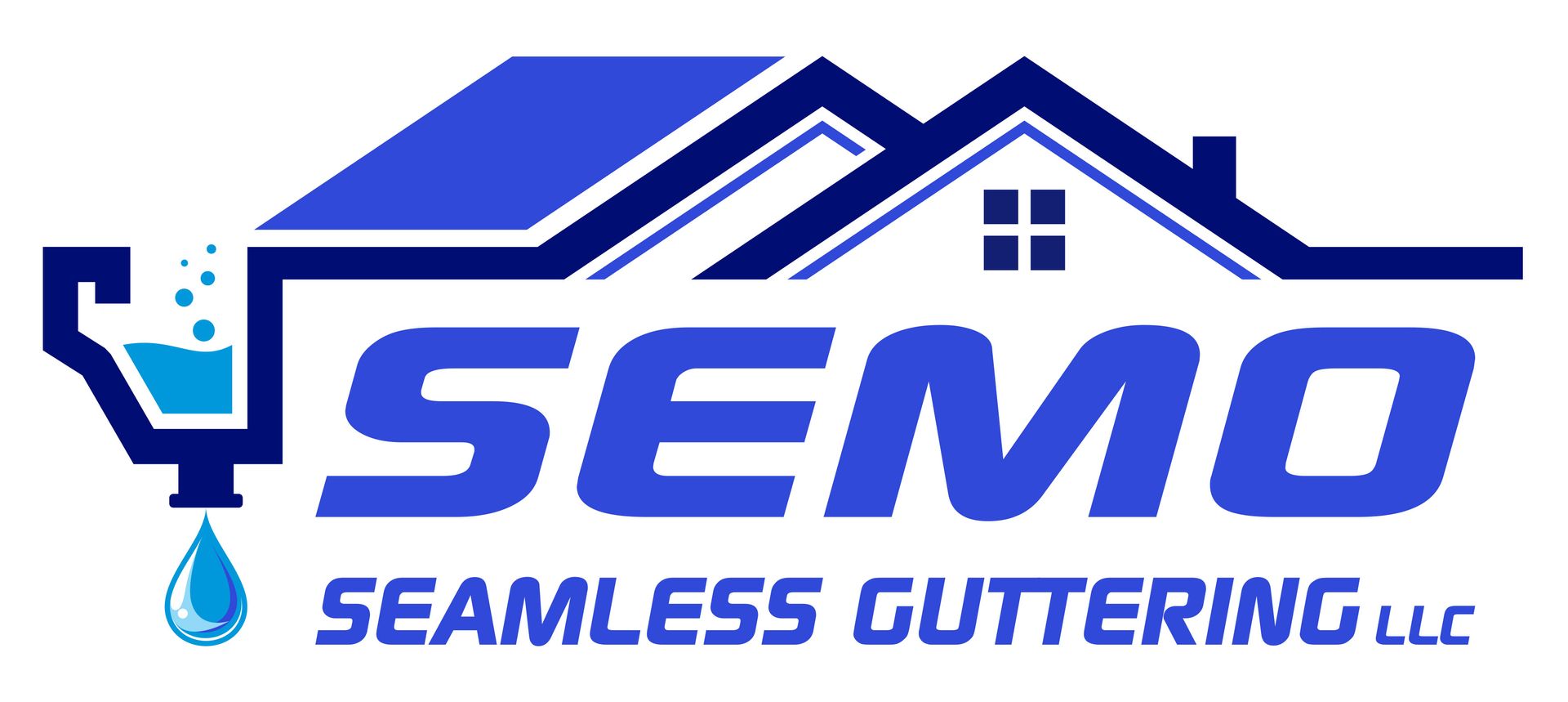
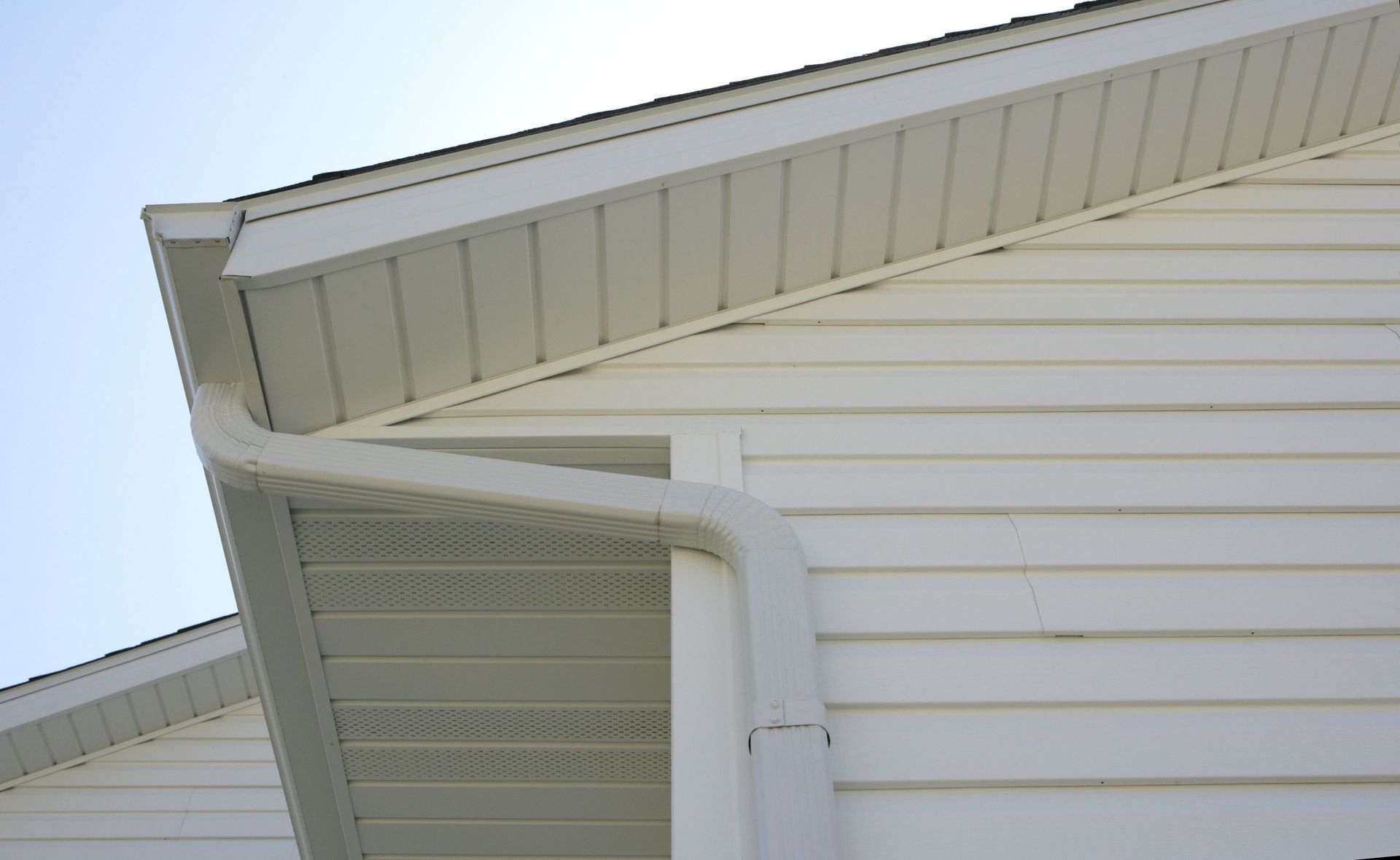
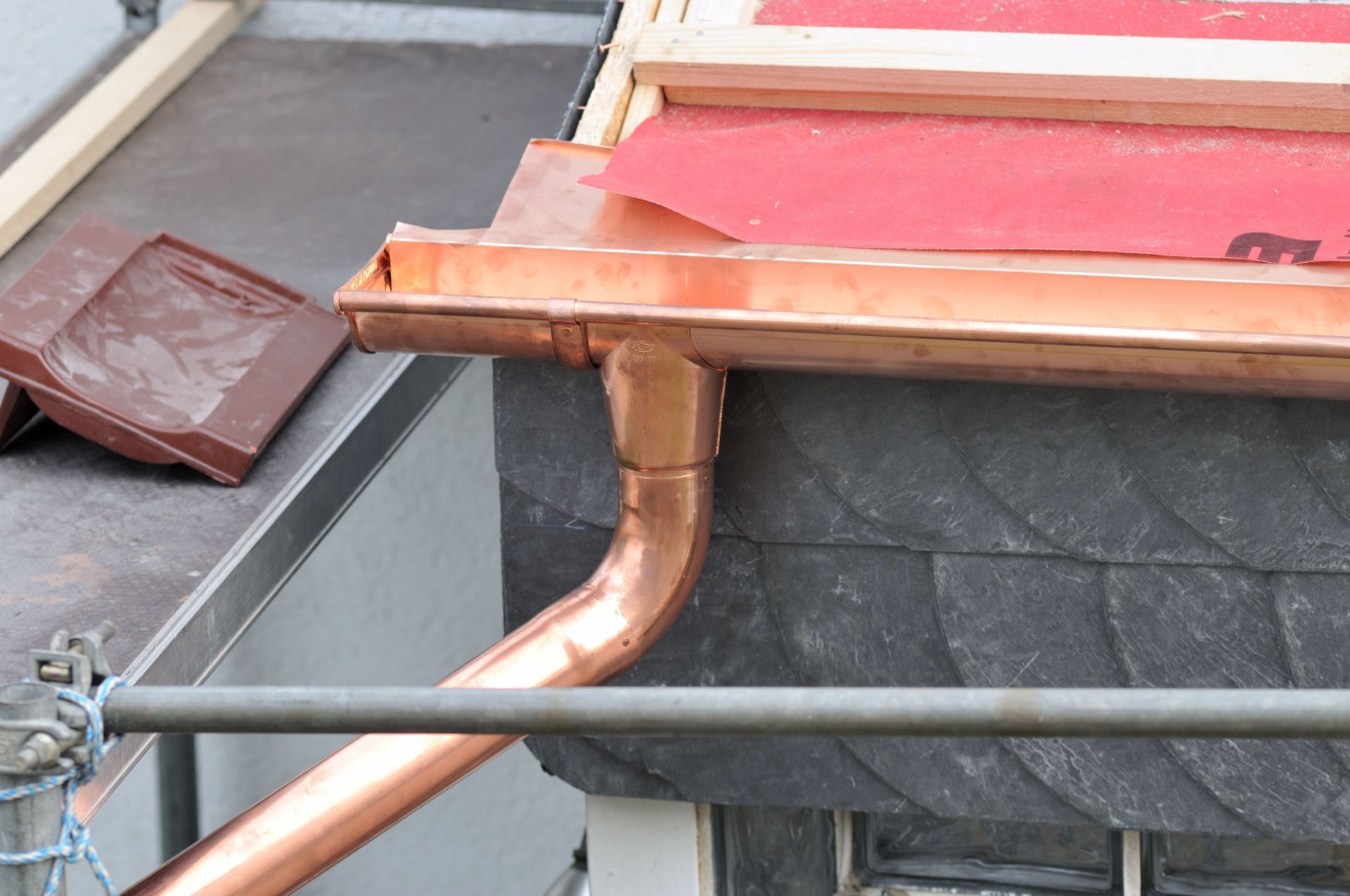
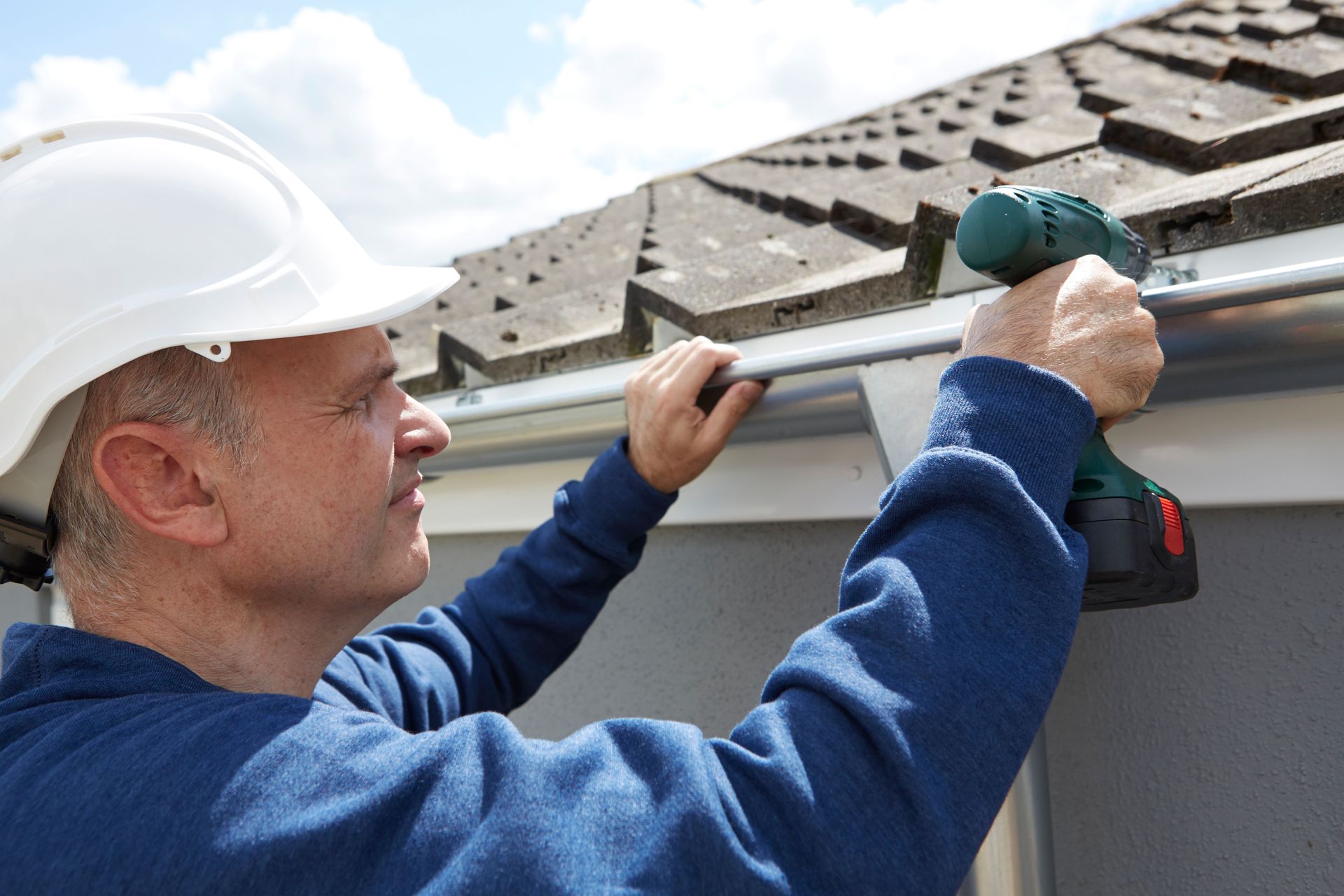
Share On: